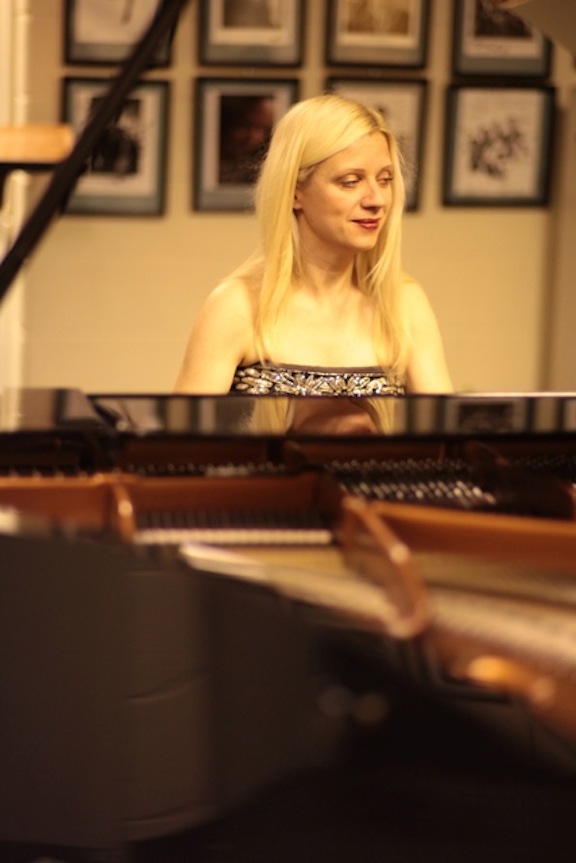
Pianist Valentina Lisitsa played for more than 2-1/2 hours at Koerner Hall on Sunday afternoon and still managed to leave a wildly enthusiastic audience clamouring for more.
- Classical Music 101: What Does A Conductor Do? - June 17, 2019
- Classical Music 101 | What Does Period Instrument Mean? - May 6, 2019
- CLASSICAL MUSIC 101 | What Does It Mean To Be In Tune? - April 23, 2019
But for me, the recital that had whipped so many people up into delighted ovations was an exercise in frustration.
There’s no doubt that Lisitsa’s solo début in Toronto was a tremendous achievement: a show of phenomenal technique as well as an opportunity to witness someone with a very clear sense of what they want to do and how they want to do it.
Lisitsa is an artist like no other — not only for her phenomenal success in building a career via YouTube.
There were portions of Sunday’s recital that I thought were wonderful. Others were tedious or contentious. It’s rare for one artist to elicit so many different emotions in one sitting.
First, the fine stuff: Lisitsa’s performance of five Franz Liszt reminiscences of Franz Schubert songs was nothing short of transcendant.
The melodies give these pieces a deceptively simple air, but Liszt has, in fact buried those melodies deep inside grey hay bales of other notes. Miraculously, Lisitsa made each one sing with the legato and phrasing of a fine Lieder interpreter, all the while tossing off the technical hurdles with deceptive ease.
The Ukrainian-born-and-trained pianist also put forward some wonderful passages in Sergei Prokofiev’s Sonata No. 7, one of his three War Sonatas. But the moments of excellence — especially the all-hell-breaks-loose final movement, in which Lisitsa maintained the composer’s rhythmic track like a reliable machine — were mixed with the humdrum, especially the second movement, which was short on a seductive touch to go with the quasi-erotic harmonies.
There was a Bach-Busoni chorale and Beethoven’s “Appassionata” Sonata, which Lisitsa played cleanly but a bit too heavily and deliberately to be remarkable.
And then there were eight Nocturnes by Frédéric Chopin, which, in my opinion, Lisitsa destroyed.
Her overall approach was one of languor and reverie, taking each piece at a slow tempo and breaking up the melodies in a quest to noodle. This robbed each piece of its natural momentum and continuity. (Every pianist needs to remember that Chopin’s biggest inspiration was bel canto opera).
Lisitsa made the situation worse by ignoring several climaxes through the eight pieces, creating an overall monotony that made the eight da capo aria-like pieces sweetly pretty in a pastel-like way. They also became desperately dull.
This is clearly a matter of personal preference, but I found Lisitsa’s chosen Bösendorfer piano to not be a helpful partner. The instrument’s bass was muddy and dark, while the treble was bright and tinkly, robbing many pieces from an overall sonic balance and overall clarity.
To be fair, though, Lisitsa deserves kudos for striking her own path through a world overpopulated with competent pianists. She puts her own stamp on whatever she touches, and is willing to take risks.
Colour beats blandness any day — and millions appear to agree with her way of playing music.
John Terauds
- Classical Music 101: What Does A Conductor Do? - June 17, 2019
- Classical Music 101 | What Does Period Instrument Mean? - May 6, 2019
- CLASSICAL MUSIC 101 | What Does It Mean To Be In Tune? - April 23, 2019



